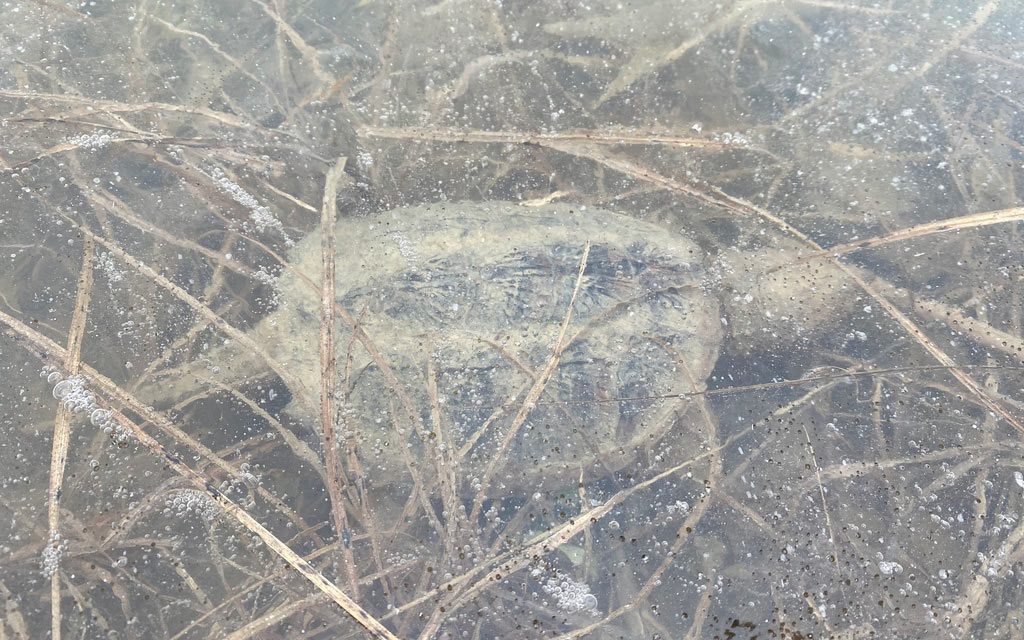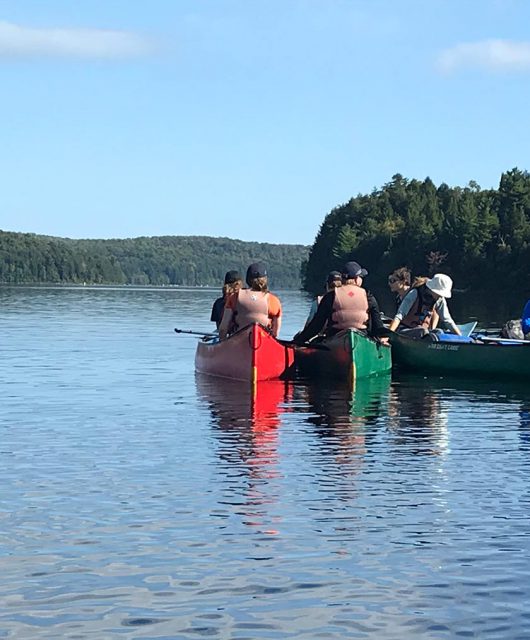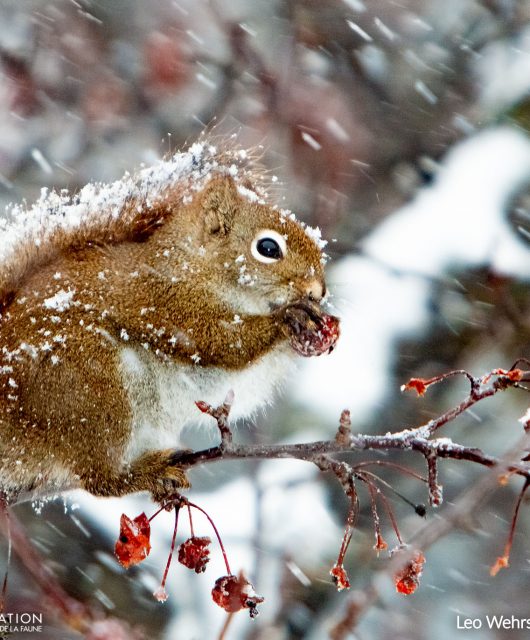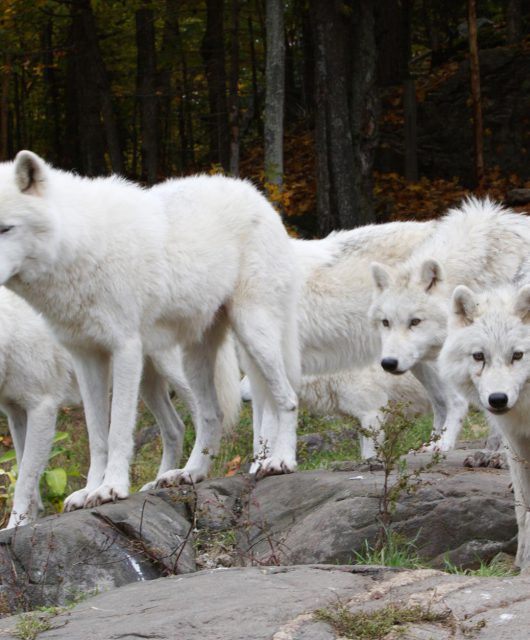Many birds fly south to avoid the long, cold Canadian winter. Turtles don’t have that option.
They also can’t remain active in winter because they are ectotherms (cold-blooded), hence their body temperature is determined by the environment. They would freeze to death as soon as air temperatures went below zero.
Instead, turtles avoid sub-freezing temperatures by remaining on the bottom of wetlands, lakes and rivers. Ice covers the top of these waterbodies but on the bottom the water remains liquid, but very cold.
In many parts of Canada where turtles occur, ice can cover waterbodies for three or four months of the year — or even longer. Turtles remain on the bottom unable to take a breath of air.
Breathing Under the Ice

How can they survive so long without breathing? The only reason they can do it, is because the temperature of the water and their bodies are so cold. A study of Blanding’s Turtles in Algonquin Provincial Park in Ontario found that the body temperature of the turtles remained around 1oC all winter long. By having a very low body temperature, turtles reduce the amount of oxygen they need.
One would expect turtles sitting on the bottom of the pond with a body temperature of 1oC to be completely inert and unresponsive, yet they seem to be aware of what is going on around them and can even move. One study on Wood Turtles in winter found they moved up to 10 metres! Check out the video below which was taken by an underwater drone in winter. Around 1:10 in the timeline the Northern Map Turtle reacts to the drone and it moves.
Video: Greg Bulte
Having a very low body temperature can reduce the amount of oxygen needed to survive, but turtles still need some oxygen. And it turns out that turtles have a super-power to survive the winter without breathing: turtles can absorb oxygen from the water through parts of their bodies that have lots of blood vessels close to the surface, like their mouths and even, wait for it, their butts! How cool is that?
Over the winter, however, the oxygen gets used up so that many wetlands will have very little dissolved oxygen in the water. Some turtles, like Painted, Snapping and Blanding’s Turtles, can survive with low levels of oxygen in the water, but others, like Northern Map and Wood Turtles require higher levels of oxygen in the water. This means that turtles tolerant of low oxygen can spend the winter in a wide range of wetlands, but Map and Wood Turtles need to select sites like rivers with flowing water, that have more oxygen.
The Colder, The Better
Turtles not only can survive extremely cold temperatures, they seek out the coldest areas. The Blanding’s Turtles in the Algonquin Park study selected some of the coldest, above-freezing, spots in these wetlands. Why would they choose to be colder? Because the colder they are, the slower their metabolism and the less oxygen they need. Even being 1- to 2oC warmer would increase their metabolism and this could be the difference between surviving the long winter versus dying.
Of course, selecting the coldest spot in the wetland can also have risks. Some of the Blanding’s Turtles in the Algonquin Park study had only 10 centimetres of water between the turtles and the surface ice. If the ice got thicker, the turtles may get trapped and get the top of their shells frozen which can result in an area of dead tissue. If the water freezes even deeper, then the turtle may die.
I once found six dead adult Snapping Turtles at a permanent pond in early spring in Ottawa. What had caused so many turtles to die? I checked the weather records for that winter and found that every month from November to April was colder than average, so the pond may have frozen to the bottom where these turtles were resting.
Winter is not just a long sleep for turtles, it is a dangerous time. If a turtle picks the wrong spot to spend the winter, or if the winter is longer or colder than normal the turtle may die.






1 comment
This is probably a typo but I read ecotherms and was confused, I think you meant ectotherms. Very cool article, love the video.